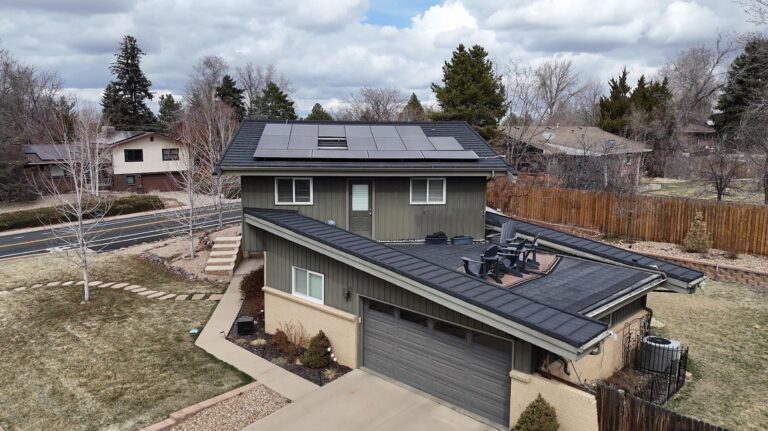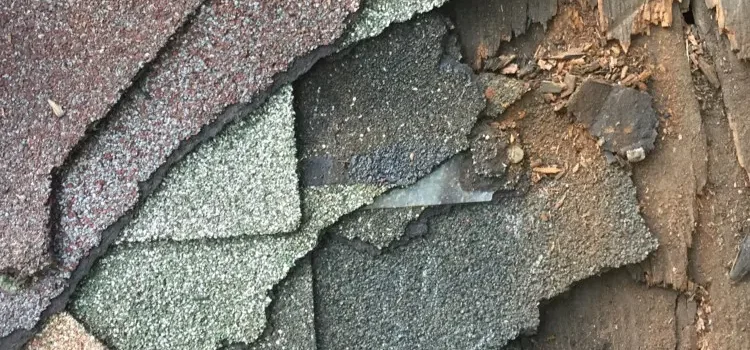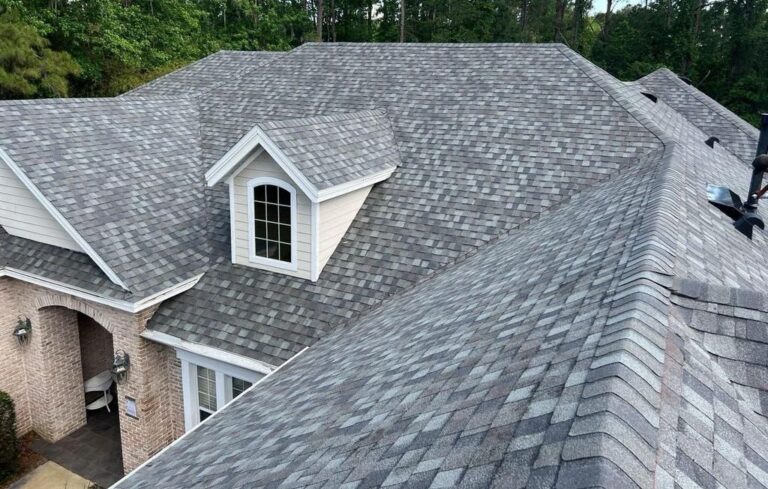Will your roof handle Colorado’s freeze–thaw swings, upslope storms, and surprise spring blizzards?
If you own a Colorado home, winter loads your roof with snow, wind, and moisture that stress every seam. Small defects grow as ice forms and thaws, turning hairline gaps into leaks at nails, flashing, and skylight edges. Heat escaping into the attic melts snow; water refreezes at cold eaves and builds ice dams that force water upward.
Simple steps now reduce risk, extend service life, and help keep warranties and insurance coverage intact when weather turns harsh. This guide from Forest Roofs shows what to inspect, what to fix first, and which materials to stage before deep cold. Use it as your seasonal checklist, and call Forest Roofs for a safe pre-winter inspection if the roof is steep or tall.
Winterizing Checklist
Clear Gutters and Downspouts
Remove leaves, grit, and twigs. Confirm downspouts discharge at least five feet from the foundation to prevent ice sheets and seepage.
Shingles and Flashing
Look for lifted tabs, missing granules, bent flashing, and cracked sealant. Replace damaged parts before the cold makes materials brittle.
Check Attic Insulation and Air Sealing
Measure the insulation depth and fill in any low spots. Seal ceiling penetrations to prevent warm air from reaching the deck and fueling the formation of ice dams.
Verify Ventilation and Airflow
Confirm open intake at the eaves and clear exhaust at the ridge or roof vents. Balanced flow keeps the deck cold and dry.
Protect Against Ice Dams
Add heat cable only where necessary, never as a substitute for poor insulation or ventilation. Keep a melt path open above valleys and along eaves.
Examine Penetrations and Accessories
Inspect chimneys, skylights, satellite mounts, and pipe boots. Replace aged gaskets and re-seat loose fasteners with proper seals.
Ventilation in Winter
Cold, continuous attic airflow keeps the roof deck dry and near outdoor temperature. Homeowners: keep soffit intakes clear of insulation and dust. Ensure that the ridge or roof vents exhaust freely. Balanced intake and exhaust reduce the risk of condensation and ice dams.
Protect Against Ice Dams
Warm indoor air leaks melt the snow blanket. Water runs to the unheated eaves, refreezes, and pushes under shingles. Stop the cycle with air sealing, even insulation, and balanced ventilation. Clear gutters help, but heat cable is a last resort, not a cure.
Low-Slope and Flat Roofs
Before freezes, clear drains and scuppers, and test flow. Inspect seams, laps, and penetrations; reseal weak points. Remove ponding water and debris. Use walk pads where traffic is unavoidable. Even a shallow frozen pond can add load and open seams.
Ventilation in Winter
Cold, continuous attic airflow keeps the roof deck dry and near outdoor temperature. Homeowners: keep soffit intakes clear of insulation and dust. Ensure that the ridge or roof vents exhaust freely. Balanced intake and exhaust reduce the risk of condensation and ice dams.
DIY vs. Pro: When to Call Forest Roofs
Some tasks are safe for handy owners, but height, pitch, and cold increase risk. When in doubt, let our crew inspect and fix issues before the weather closes in. Here’s when to call the professionals at Forest Roofs.
Steep Height:
If the roof is steep or higher than one story, consider hiring a professional to reduce the risk of falls.
Active Leaks:
When you see active leaks or ceiling stains, immediate professional diagnosis prevents hidden structural and electrical damage.
Damaged Materials:
Lifted or cracked shingles, flashing, or boots signal vulnerabilities that trained technicians can safely assess and correct.
Past Ice Dams:
If ice dams formed last winter, underlying heat loss and ventilation problems require expert investigation and durable fixes.
Unknown Insulation:
When insulation depth is unknown, a professional evaluation ensures code-level coverage and prevents costly wintertime condensation.
Safety Gear:
If you lack proper fall protection or ladder training, consider hiring professionals who are equipped for safe and efficient winter work.
Winterizing Roof FAQs
At Forest Roofs, located in Denver, start in early fall before recurring freezes and heavy storms. Our roofing experts have safer access, materials remain flexible, and minor defects can be repaired before they are magnified by ice and snow.
Use heat cables only as a targeted aid, not as a permanent solution. Pair them with air sealing, even insulation, and balanced ventilation to reduce ice dams and recurring meltwater problems.
Check for open soffit intakes and clear ridge or roof exhaust. The attic air should feel close to the outdoor temperature and dry, with no musty odor or visible condensation.
Do not pressure-wash shingles. High pressure strips protective granules, drives water under laps, voids warranties, and can open pathways for leaks at flashing, fasteners, and seams.
Follow current local code or ENERGY STAR guidance for your climate zone. Aim for even coverage without gaps, proper baffles at eaves, and sealed penetrations before adding additional depth.
Warm, moist indoor air leaks into a cold attic and condenses on the roof deck. Inadequate air sealing, weak insulation, and poor ventilation together amplify frost formation.
Quality guards reduce leaf buildup and ice-blocked outlets, but they are not maintenance-free. Confirm downspouts discharge far from the foundation and inspect outlets after storms.
From the ground, use a roof rake to remove snow safely and open drainage paths. Then schedule a professional evaluation to address heat loss, insulation gaps, and ventilation imbalance.
Inspect after major storms and again mid-season. Look for missing shingles, damaged vents, ice buildup, and overflowing gutters from the ground, or book a professional roof assessment with Forest Roofs, located in Denver, Colorado.




